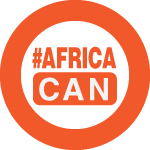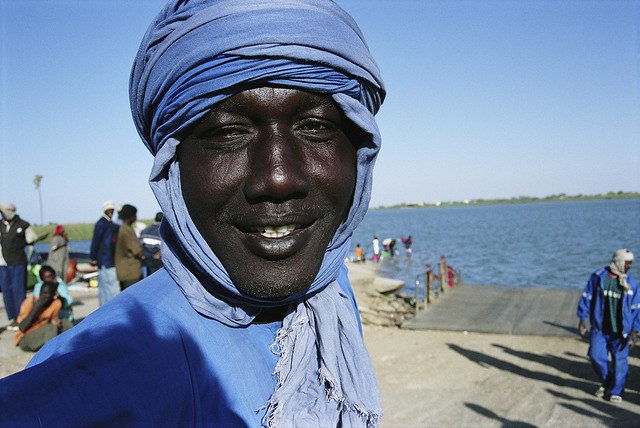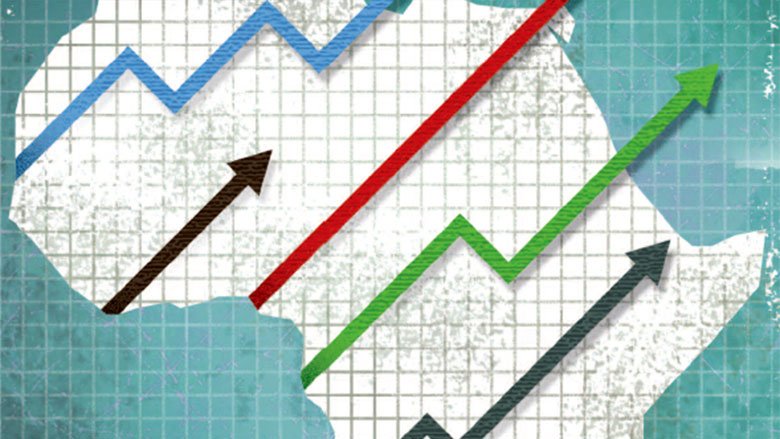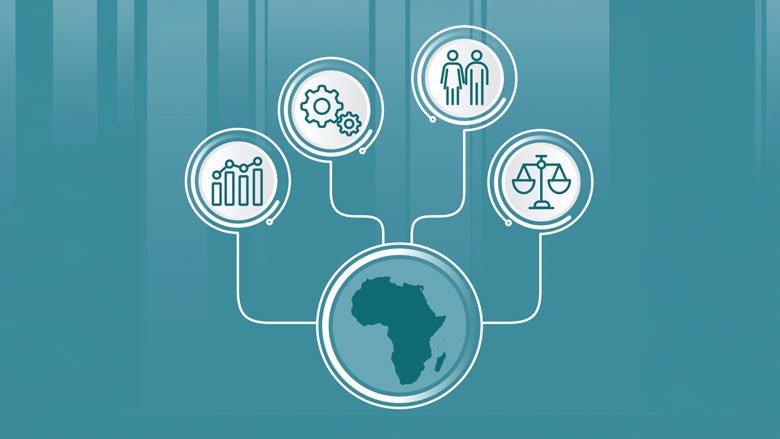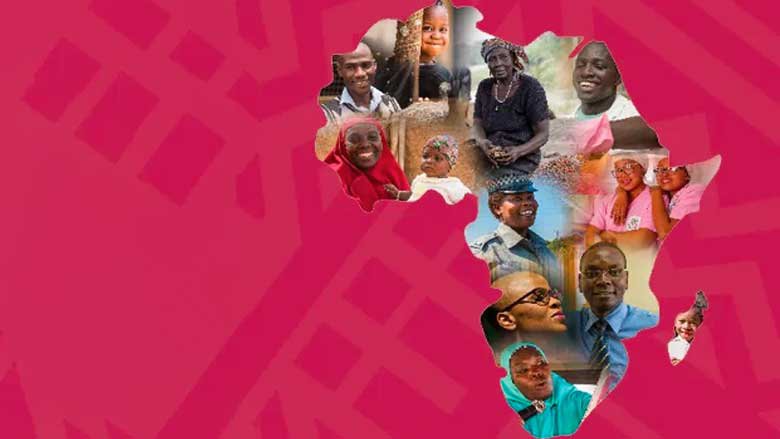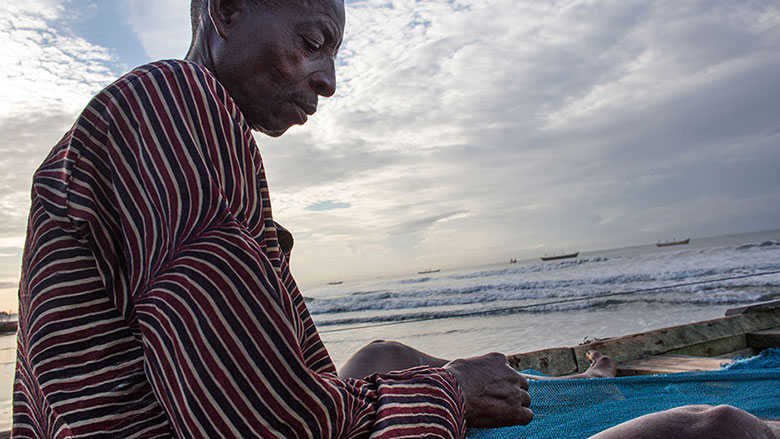The Republic of Seychelles is an archipelago of 115 islands northeast of Madagascar. The country has a total population of 120,581, three-quarters of whom live on the main island of Mahé. Seychelles has Africa's highest gross domestic product (GDP) per capita, at $15.8 billion (2022). Its economy is highly dependent on tourism and fisheries, and climate change poses long-term sustainability risks.
Political Context
Independent since 1976, the Seychelles is a relatively young democracy. The first multiparty presidential election was held in 1993 after adopting a new constitution. The latest presidential and parliamentary elections took place in October 2020, bringing an opposition candidate, Wavel Ramkalawan, to the Presidency for the first time since the introduction of democratic elections. Ramkalawan’s Linyon Demokratic Sesel party also won the most seats in the national parliament. With well-established democratic institutions, Seychelles' political environment is expected to remain stable. The next general election will take place in 2025.
Economic Developments and Outlook
Seychelles is the most prosperous nation in Sub-Saharan Africa. The economy remains highly dependent on tourism, accounting for 31% of GDP and 41% of exports, making it highly vulnerable to external shocks. The fisheries sector is the second pillar of the economy, with growing investor interest in the blue economy sector.
Growth reached 8.9 % in 2022 and is expected to moderate to 3.3 % in 2023, driven by modest increases in tourism, particularly from key markets in Europe impacted by tight monetary conditions and the war in Ukraine. In 2023 Q3, employment decreased by 0.2%, while average earnings saw a 4.8% increase compared with the same quarter in 2022 due to an upward revision to public sector wages. Heavy rainfall, landslides, floods in the north of Mahé island, and a massive explosion in a critical industrial zone damaged commercial buildings, houses, and public infrastructure at the end of 2023. This incident has impacted growth and increased household vulnerability in the affected areas.
The appreciation of the rupee and moderation in global commodity prices in 2023 contributed to declining domestic prices, with year-end inflation of -2.7 %. However, inflation is projected to increase to 3.4% in 2024, averaging 2.5% in the medium term, reflecting increases in domestic utility tariffs to be implemented in 2024. The Seychelles government remains committed to fiscal prudence after successive consolidation efforts implemented since 2021, which has improved the economy’s resilience in addressing external shocks. Public debt is on a sustainable path and has declined to 60.1% of GDP in 2023. The banking sector has remained liquid and well-capitalized, with a slight increase in non-performing loans to 8.1% in December 2023 (from 7.6% in December 2022), reflecting the removal of COVID-19 pandemic forbearance measures on businesses. The current account deficit narrowed to an estimated 5.6% of GDP in 2023. The deficit is financed by foreign direct investments, equivalent to 13.8% of GDP, primarily from investments in hotels and resorts. The country’s foreign exchange reserves increased to $681 million in 2023, equivalent to 3.8 months of imports.
Development Challenges
Seychelles faces development challenges centered on enhancing productivity and boosting overall economic performance to foster greater shared prosperity. Labor earnings have been central to reducing poverty, yet labor and skills shortages and a growing rate of teenage pregnancy, as well as drug and alcohol addiction, constrain further advances. Some related institutional challenges are notable barriers to starting and operating businesses, inefficiencies in public sector management, such as limited statistical capacity, scope for a more strategic and sustainable approach to social protection, and the need to broaden access to quality education and skills development. Climate change adaptation is also essential through improvements in disaster preparedness systems and enhanced coastal management. Near-term priorities include maintaining debt sustainability and continued reform of the social protection system to support the most vulnerable. In the medium term, the focus will be increasing revenues and boosting capital expenditures to invest in climate change mitigation. As part of the structural reform agenda, revenue administration, public financial management, and governance could be prioritized, including a digitalization strategy and the reform of state-owned enterprises.
Last Updated: Apr 08, 2024


